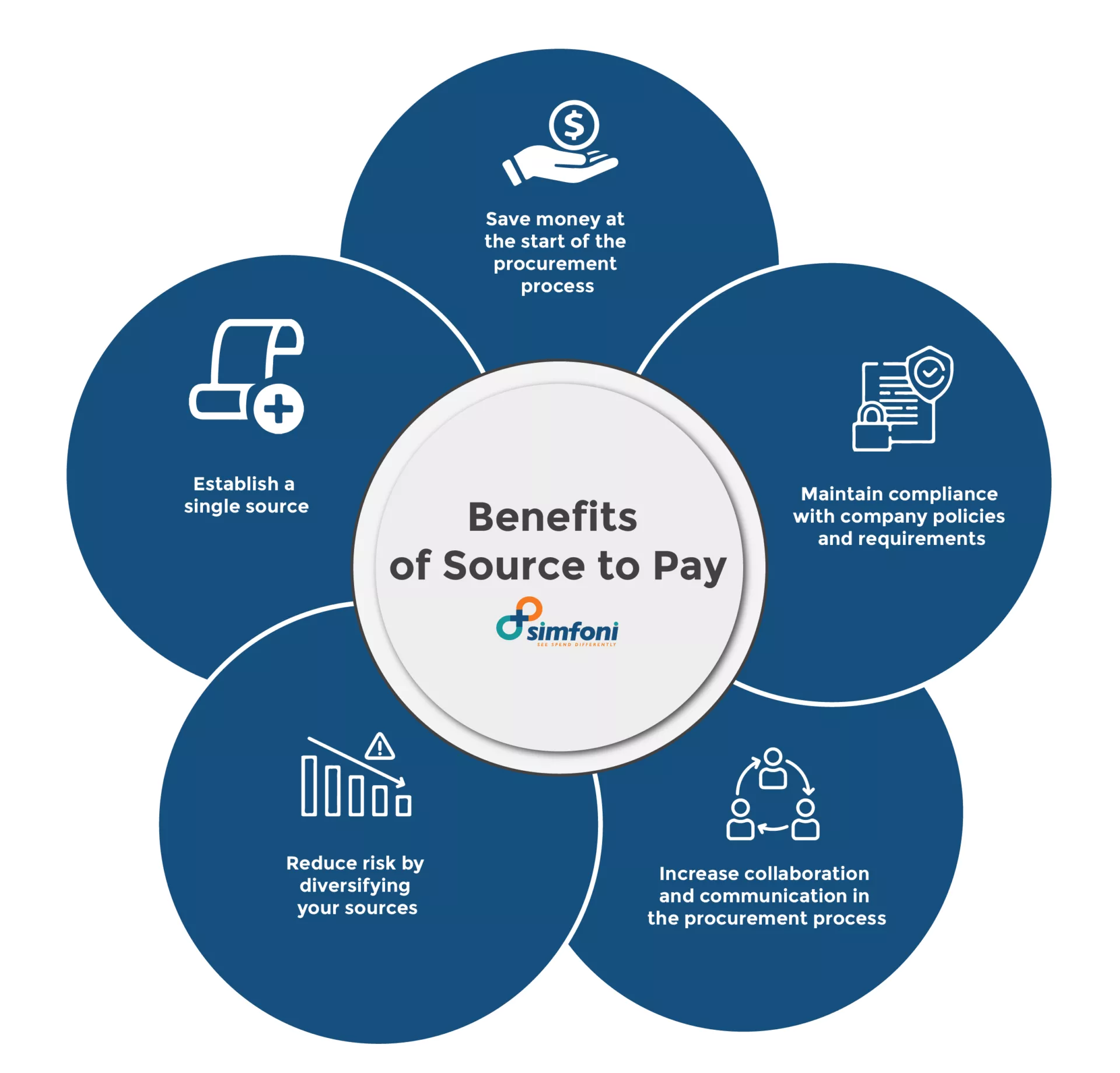Procurement systems are the hidden heroes of organizational success in today’s complicated business environment. Many people think of procurement as being the act of buying products and services, but these advanced systems are much more than that. Procurement platforms operate behind the scenes to increase productivity, produce strategic insights, and produce competitive advantages that benefit whole companies. Six intriguing facets of a procurement system that show their transformational potential are examined in this essay. Business executives may get a greater knowledge of how contemporary procurement processes function as potent catalysts for cost reduction and organizational excellence, as well as long-term success by comprehending these astounding facts.
1. The Astonishing Financial Impact of Streamlined Procurement
The financial advantages of contemporary procurement processes go much beyond just lowering the cost of acquired goods. Organizations that use an advanced procurement system often see cost reductions of 5–15% across all purchasing categories, according to research. These savings come from a number of sources, including the removal of maverick purchases, the avoidance of duplicate payments, the negotiating advantage provided by unified expenditure data, and the exploitation of early payment discounts. Most astonishing of all, procurement systems give businesses a unique chance to save expenses while raising standards of quality in addition to service. Considering that procurement usually accounts for 50–70% of an organization’s entire spending, this financial impact becomes even more important, making the procurement system one of the most effective tools for enhancing overall financial performance.
2. The Surprising Historical Evolution of Procurement Technology
The history of the procurement system is intriguing and reflects wider business and technical trends. Modern procurement technology first appeared in the 1980s with simple digital record-keeping systems, while institutionalized purchase procedures have existed since ancient civilizations and military logistics. ERP systems with procurement modules grew from the 1990s while specialized e-procurement platforms entered the market during the early 2000s. The development of sophisticated procurement systems exists due to an evolutionary process that now includes technological features previously considered science fiction for procurement professionals. Procurement has evolved from a clerical activity centered on paperwork processing to a strategic discipline capable of generating considerable competitive advantage due to the rapid advancement of technology.
3. The Hidden Environmental Benefits of Digital Procurement
Procurement methods provide environmental benefits that are sometimes overlooked but are in perfect harmony with the increasing demands of sustainability. These solutions cut down on the 10,000 sheets of paper that the typical office worker uses each year by doing away with paper-based procedures. Digital processes drastically lower carbon footprints by doing away with the need to print, store, and transport procurement paperwork. In addition to cutting down on paper, a procurement system lets businesses choose suppliers and make purchases based on environmental standards, encouraging sustainable supply chain activities. Procurement-related environmental measures, such as the percentage of purchases from environmentally certified vendors or the carbon emissions linked to supplier deliveries, may be tracked and reported by sophisticated systems. This aspect of the environment gives businesses an even stronger argument for implementing contemporary procurement systems.
4. The Remarkable Time Efficiency Gains of Automated Procurement
One of the most obvious advantages of these systems is the time savings in procurement automation. According to research, administrative duties, including data input, approval routing, and document management, usually take up 60–80% of procurement experts’ time when using manual procurement procedures. These administrative responsibilities are significantly reduced by the contemporary procurement system, freeing up procurement teams’ precious time for strategic endeavors. Previously taking days or weeks to process, purchase requisitions can now be finished in a matter of hours or minutes. With automatic three-way matching, invoice matching that formerly required laborious manual comparison may now occur instantly. These efficiency savings result in significant productivity increases, quicker reaction times, and more strategic use of procurement knowledge for firms that use procurement automation.
5. The Unexpected Risk Mitigation Power of Procurement Platforms
Many firms are unaware of how effective a modern procurement system is as a risk management tool. These systems offer methodical ways to recognize, evaluate, and reduce different risks associated with procurement. Organizations may monitor vendor financial stability, compliance status, and performance indicators with the use of supplier risk management tools, which provide them early notice of any interruptions. Automated compliance checks lower legal and reputational risks by ensuring that external rules and internal standards are followed. Fraud prevention features identify questionable trends that might point to vendor or employee misbehavior. The source to pay procurement software offers crucial insight into possible operational, financial, and geopolitical risks that might affect business continuity for multinational corporations managing intricate global supply chains. The usefulness of this risk mitigation component goes much beyond the usual cost reductions from a procurement system.
6. The Extraordinary Data Intelligence Capabilities of Modern Procurement
Today’s source to pay procurement software includes analytical capabilities that go well beyond the simple reporting features of previous iterations. Using advanced analytics engines, modern platforms convert massive amounts of procurement data into useful knowledge. These algorithms are able to spot spending trends that manual analysis might miss across departments, regions, and categories. By employing cutting-edge procurement analytics organizations gain capabilities to forecast budget needs as well as maximize stock distributions while identifying emerging marketplace patterns. Supplier performance analytics enable strategic sourcing planning and help negotiate contracts through their assessment of vendor qualities regarding responsiveness and dependability along with quality delivery. Strong business intelligence tools developed from procurement systems extend strategic decision-making authority past procurement departments when organizations properly harness these analytical capabilities.
Conclusion
These platforms offer much more than the operational efficiencies often linked to procurement automation, as demonstrated by the six noteworthy features of source to pay procurement software examined in this article. Procurement systems are advanced business tools with strategic implications that affect whole businesses, from their significant financial effect and environmental advantages to their risk mitigation capabilities and data intelligence activities. To get the most out of procurement technology investments, CEOs and business leaders must understand this strategic component.

